Plans for: 6-foot wide, 12.5-foot long structure, that is 6-feet tall.
The past few years, I have considered building a cattle panel high tunnel hoop house. Things around here have settled down and I’ll be committed to spending my time on the farm with SO many chicks hatching this spring for our personal stock to raise. so I decided this year I can dedicate time and effort required to properly maintain it. I have always wanted to overwinter vegetables! I bought a book on it when I was on bedrest with my last pregnancy—eight years ago. It’s very fitting that my little farmer is the one who helped with this project.
Material List for an easy DIY cattle panel high tunnel hoop house
- 3: 16′ (8″ mesh) Cattle Panels
- 1: 20′ roll 2×4″ hole welded wire fence
- 100: strong zip-ties
- 30′ of 2′ wide landscape fabric
When we kept goats, I’d purchased several 16′ lengths of cattle panel to make a kids corral. If you’re not familiar, cattle panel is thick metal welded-wire type fence with large rectangular holes about 4×6′ in size. Each panel is 4′ wide. Cattle panel is rugged stuff, but with some effort, it will bend and keep its shape once secured. For my first attempt at building a cattle panel high tunnel hoop house, I decided to go with three panels.
Roll out floor
To secure them on the bottom and keep them arched, I used rolled welded wire fencing that I had hanging around. It’s the 4′ wide stuff with 2×4″ holes. I unraveled the whole roll out on the ground where I wanted the floor of the cattle panel high tunnel hoop house to be. It was about 20′ long and pretty beat up, but worked perfectly for this project, seeing as it will be on the ground and not seen.
Building a panel high tunnel hoop house was actually a lot simpler than I thought, so bear with me!
Attach panel ends to rolled fence
One at a time, my youngest son, Farmer Danny, zip-tied the short end of the cattle panel to the long edge of the rolled out lighter weight fencing. He used 6 heavy duty zip-ties on each end. For fun, we used neon colors of his choice. As you can see, the blue zip-ties are holding the short end of the panel to the side of the rolled fencing used for the base. He has helped to band countless teeny, delicate chick ankles; so this was a very easy task for him.

Bend panels into an arch
After he finished securing the cattle panel’s short end to the rolled fence edge, I arched the panel high overhead while he stood on the rolled fence to keep it in place. It took a lot of effort on my part having recently had multiple arm surgeries over the winter. But together, we were able to bend it into place. I stepped in the holes of the thick gauge panel once it was in place, as Danny did his zip-tie magic. The arch is about 6′ high and easy to walk under, though Kevin, my tall and long-suffering husband, will have to duck a bit.

Secure the base
At this point, with only one panel up and the fence on the ground trying to roll back up, it was pretty floppy. We added two concrete blocks on the floor under the arch to keep it in place as we added the next two panels. After each panel was arched and secured, we connected the arches to each other as we went along with 8 zip-ties between each.

Straighten the sides
To keep the sides somewhat level, and safe from the crazy winds here on the mountain, I used fiberglass posts made for using with electric fencing. They were on-hand and really worked great. I drove them in at a slight angle, then bent them up to the panel side. Farmer Danny zip-tied them on as well. There was still a slight lean, so we added a wooden pole to brace it.

Add the back wall
Once all three cattle panel arches were secured, I pulled the excess rolled fence up over the back and had Danny secure that in place as the back wall. We used 12 zip-ties on the back wall. It wasn’t in a perfect symmetrical arch––but for a gimpy mom and an 8-year-old, I was pretty damn proud of our work. I went along after to add zip-ties where he couldn’t reach.

Mulch the floor
Over the rolled fence floor, I laid a thin layer of seaweed a local business had donated to our farm. I will be putting the used potting soil over the top of this 2″ thick layer of kelp. This will help block the light and keep the weeds down, while adding nutrients to the soil.

Lay landscape fabric around the outer perimeter
Around the outer edge on the sides and back of our new cattle panel high tunnel hoop house, I added 2′ wide landscaping fabric and secured it with step-in electric fence posts. They were what we had at the time, I will go up with the grinder and cut them off today––at the same time as cutting the back wall wire to match the arch’s shape.

Plant around outer perimeter for summer
This is where the process ends for the summer. I’m planting pole beans and climbing cukes along the outside perimeter along the edge of the landscape fabric and the panel walls. Once they are harvested, I’ll lay plastic over the cattle panel high tunnel hoop house to both extend the season and overwinter a few test varieties. If all goes well, I will build a second one next year.
I’ll be back with an update on our progress.
Get updates 2 days before public release. First dibs on egg preorders, chick reservations, surplus deals, and upcoming sales go to subscribers first. I won’t send you spammy crap, promise. Enter your information below:
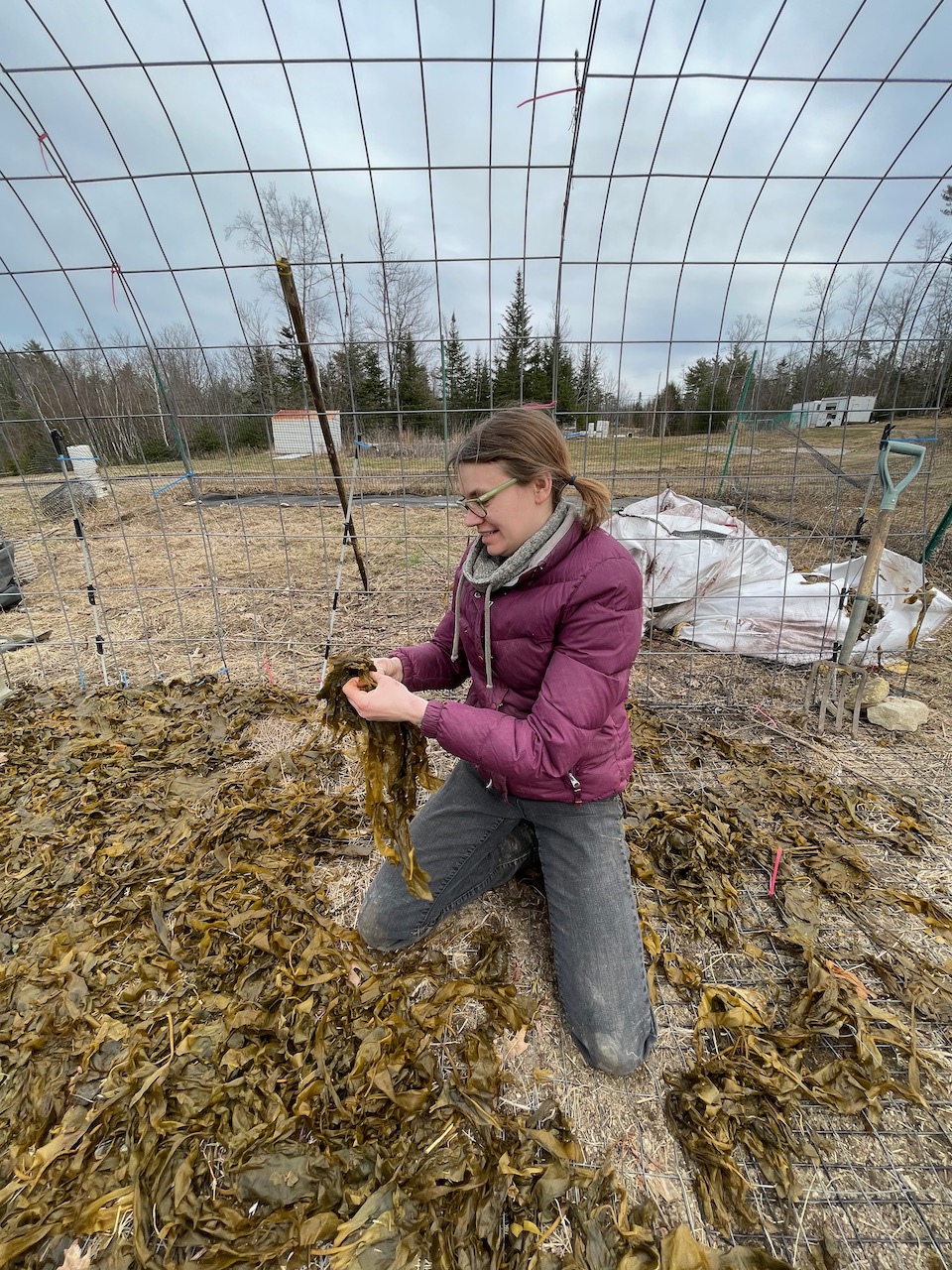
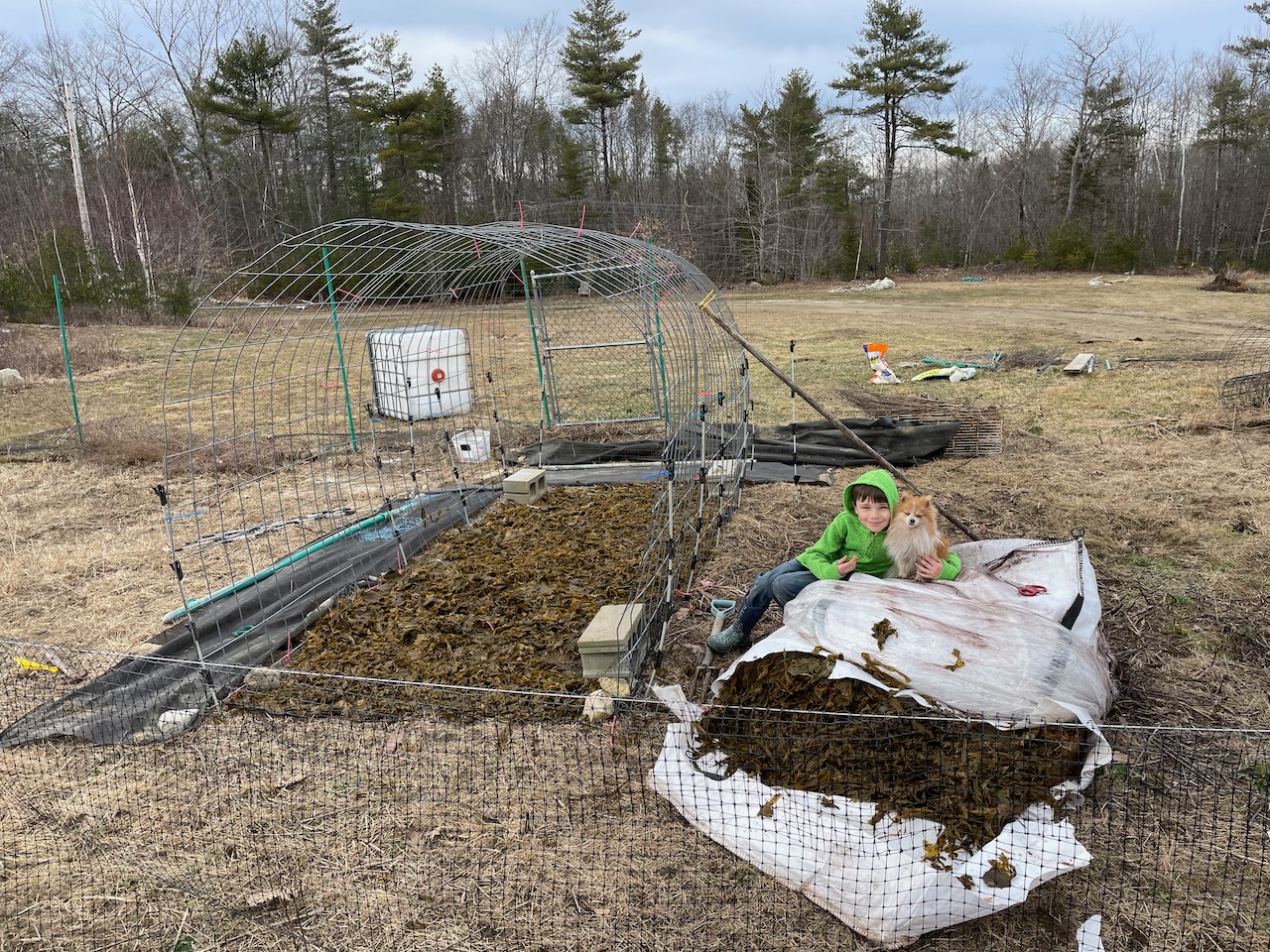
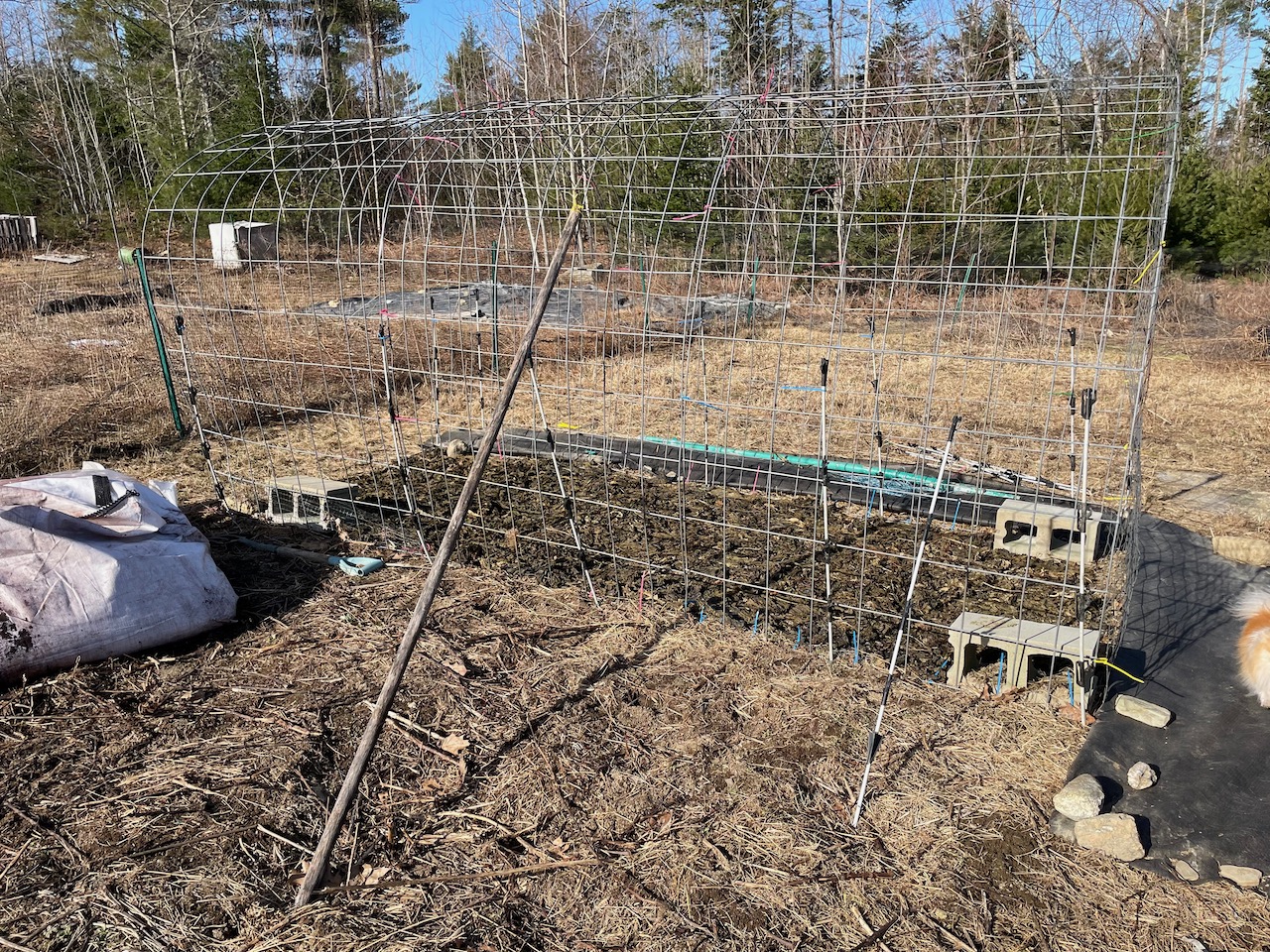
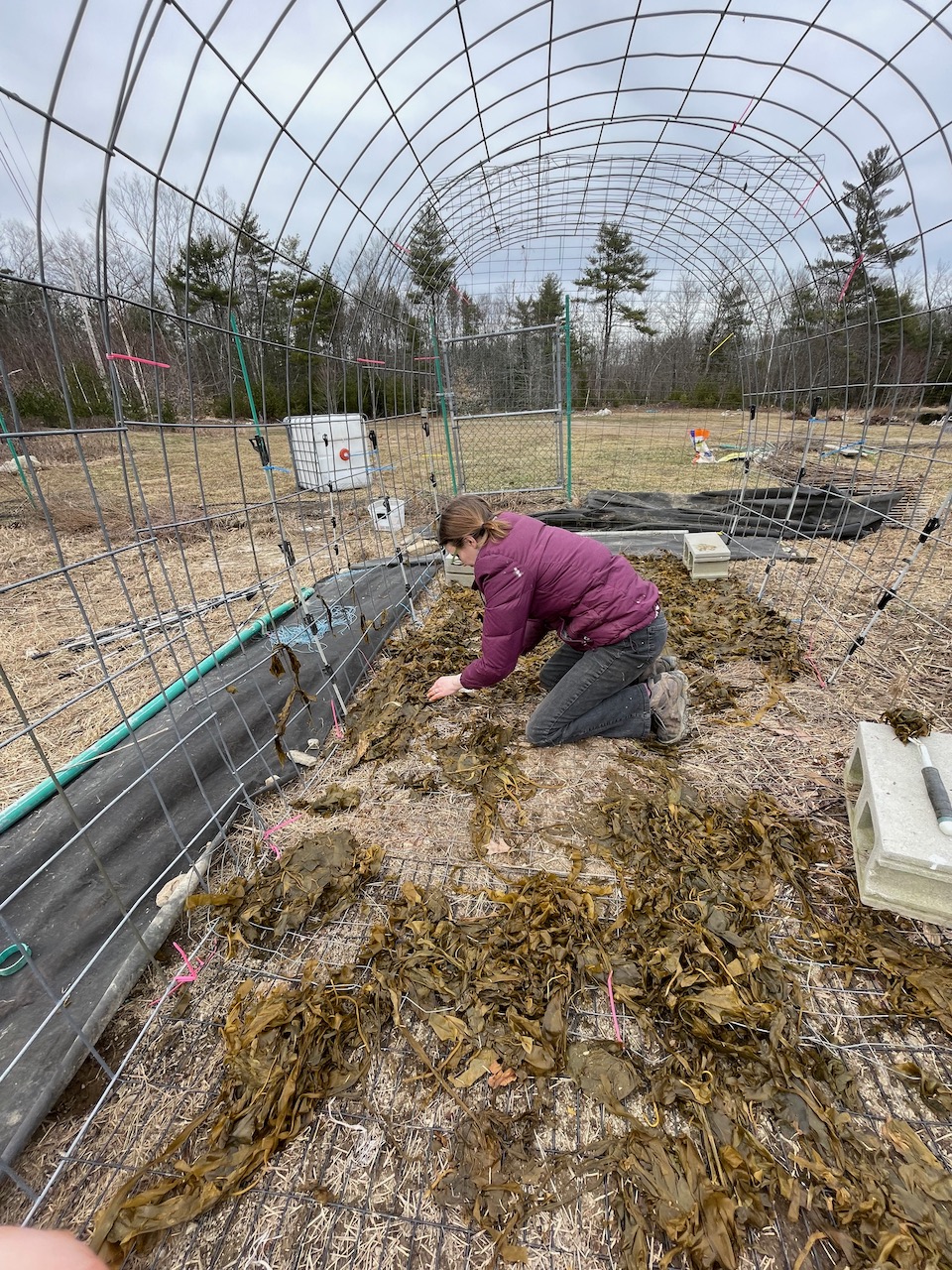

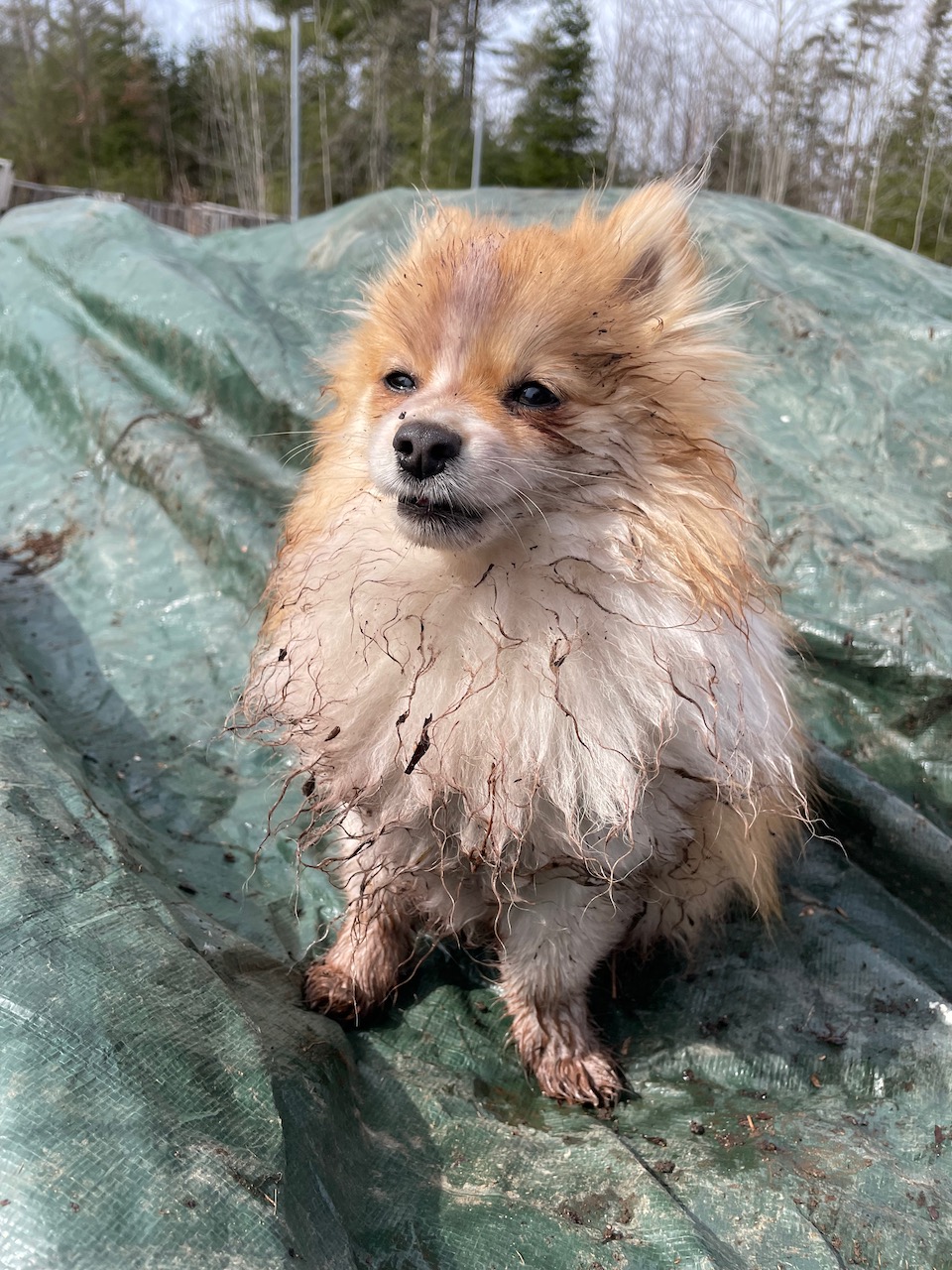


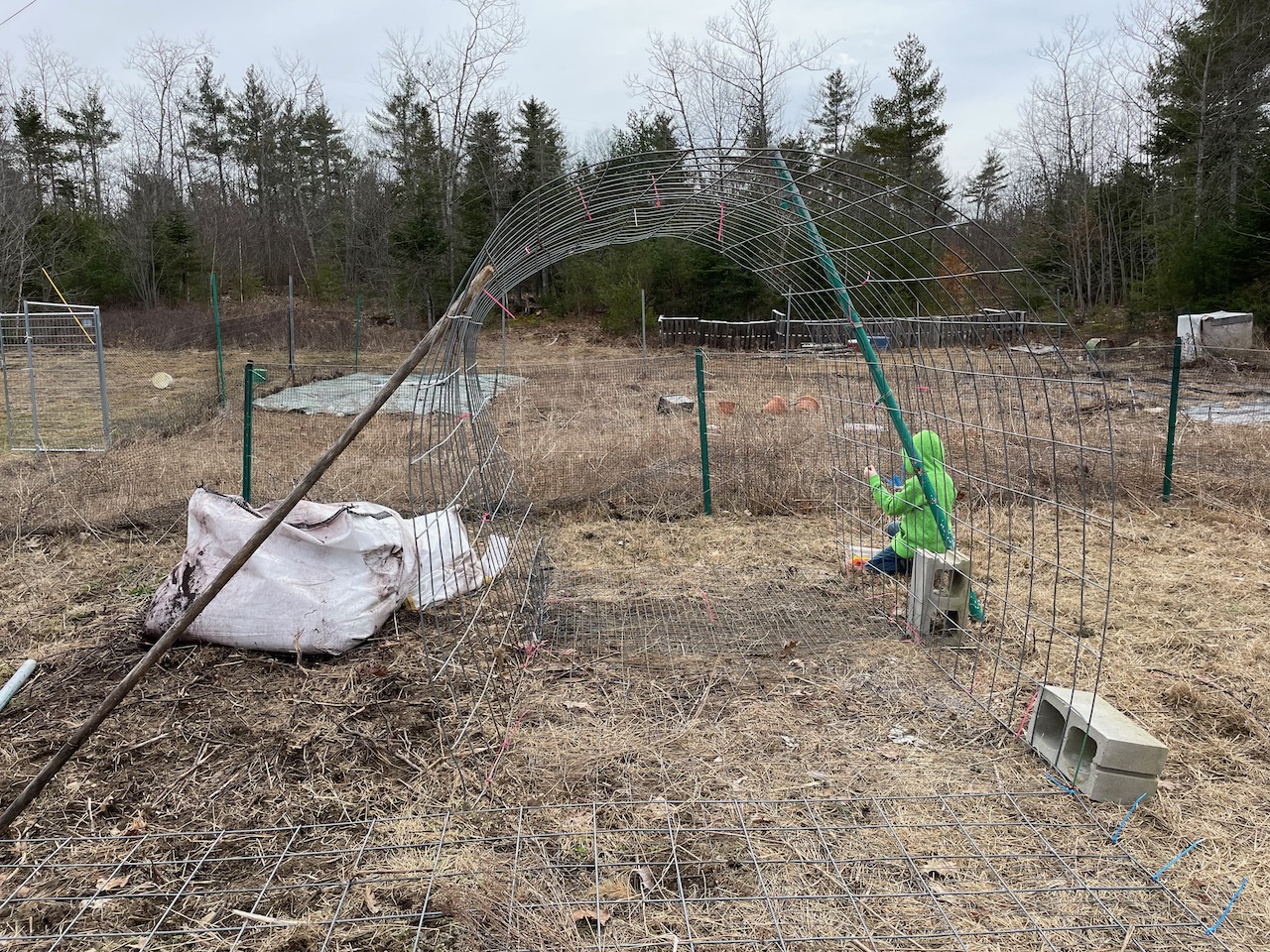
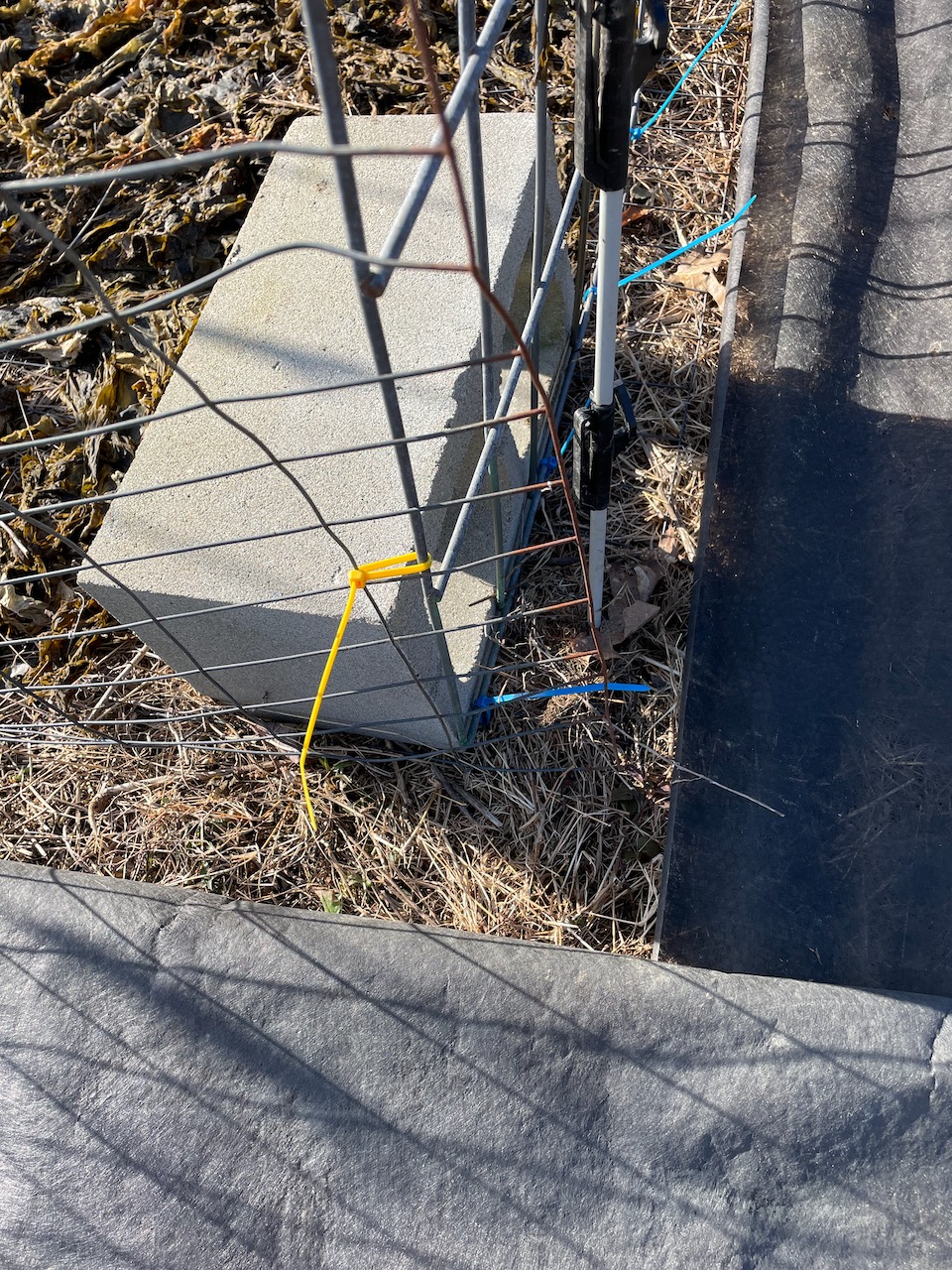
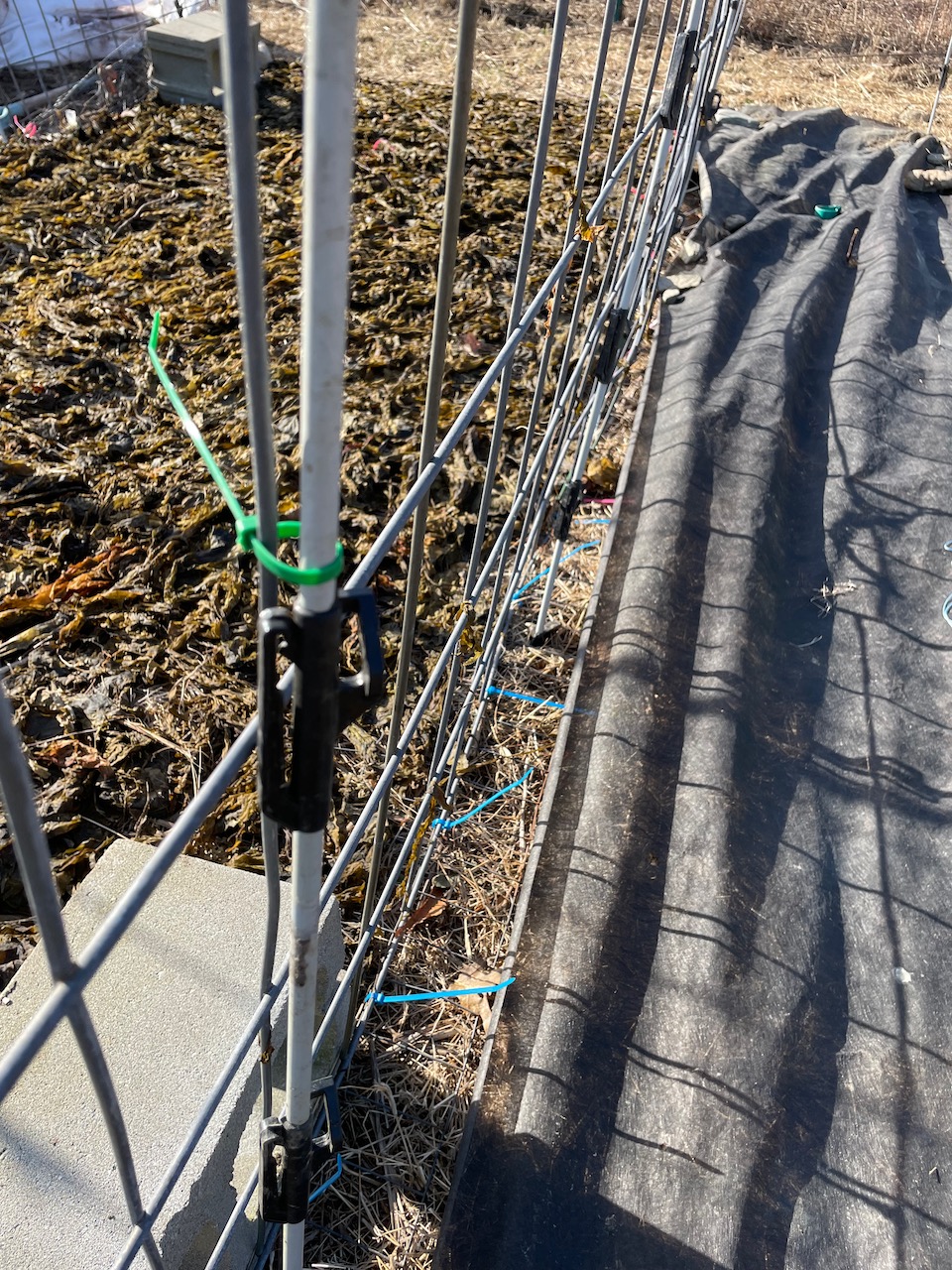
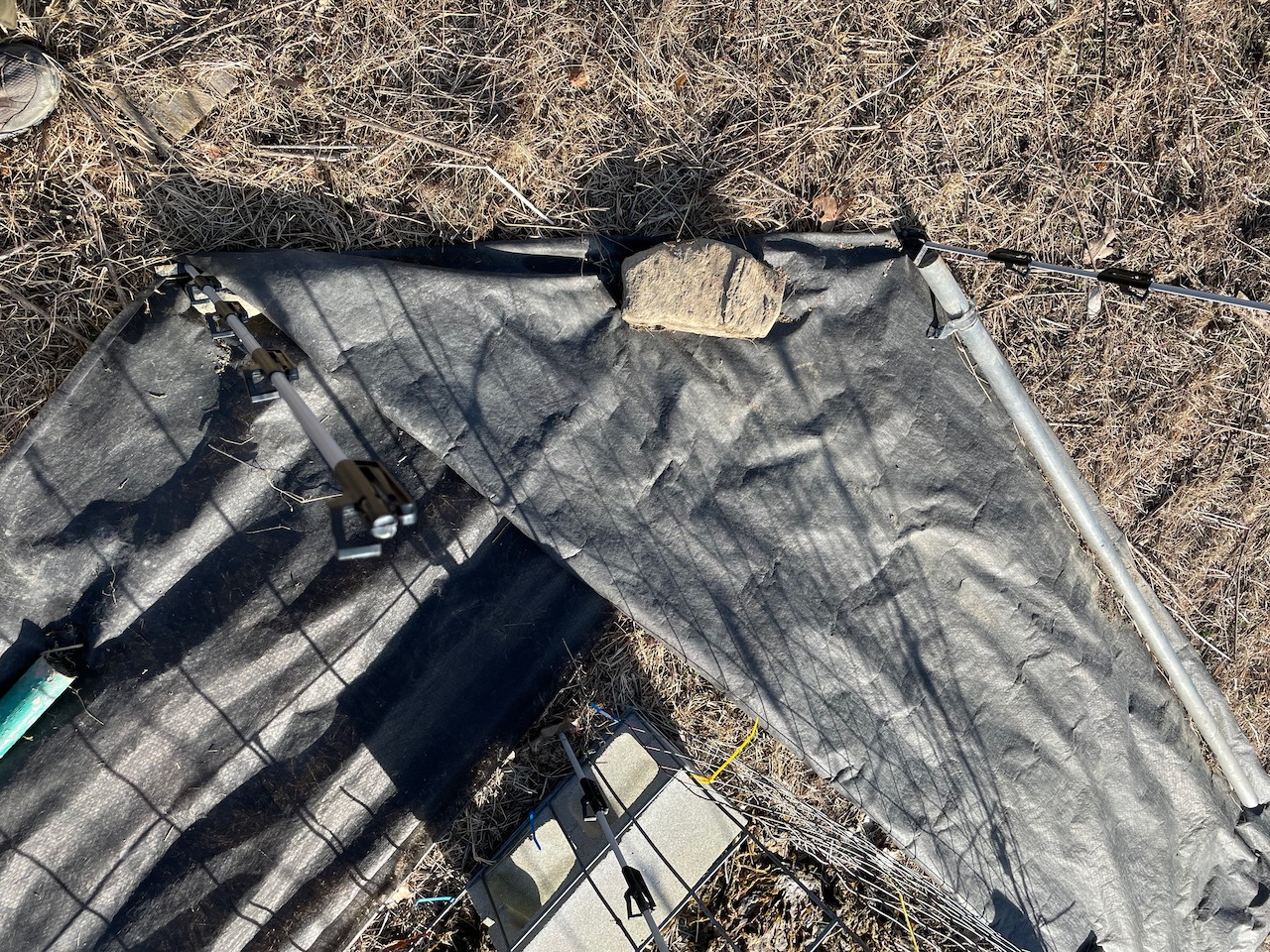

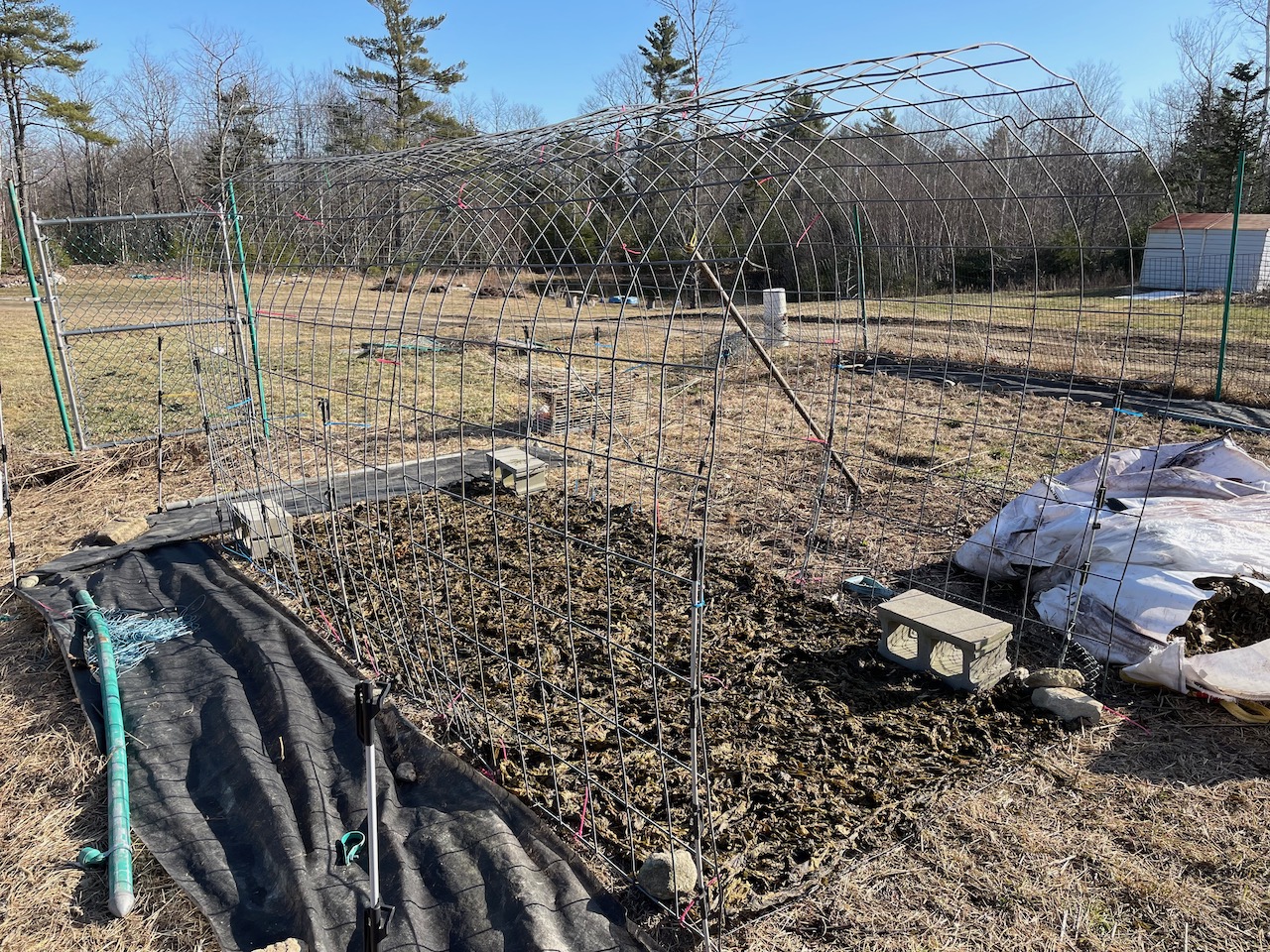


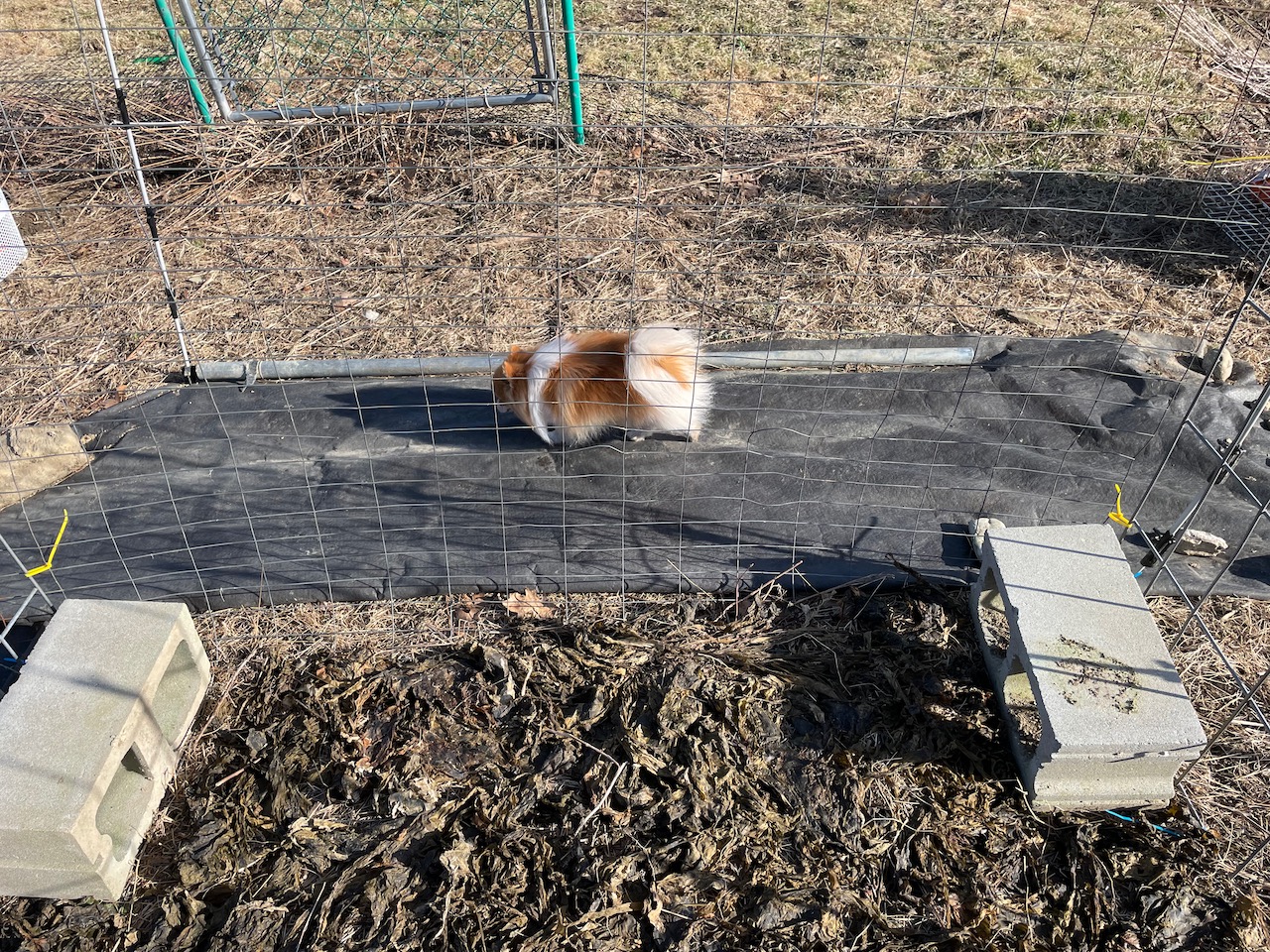
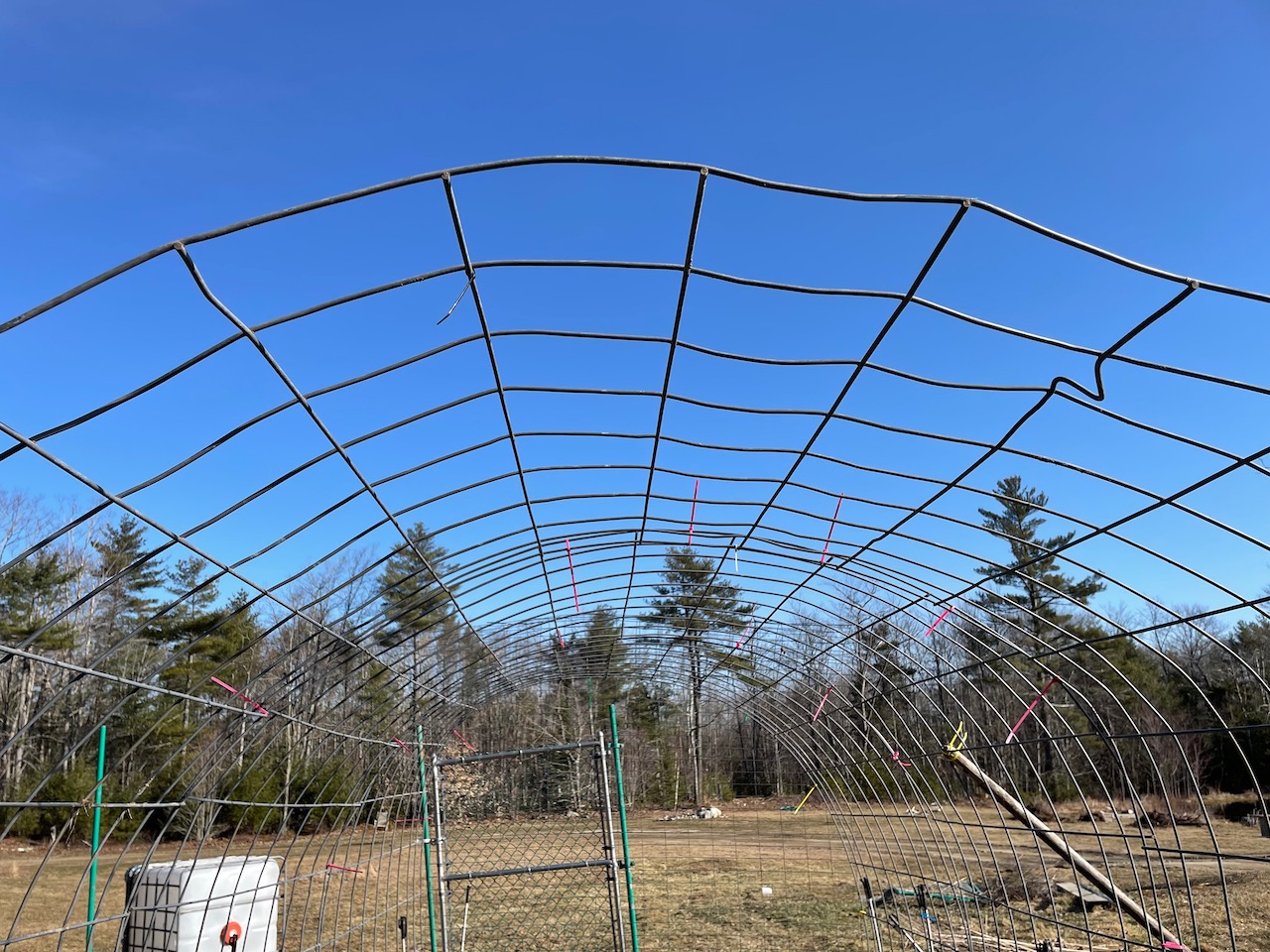
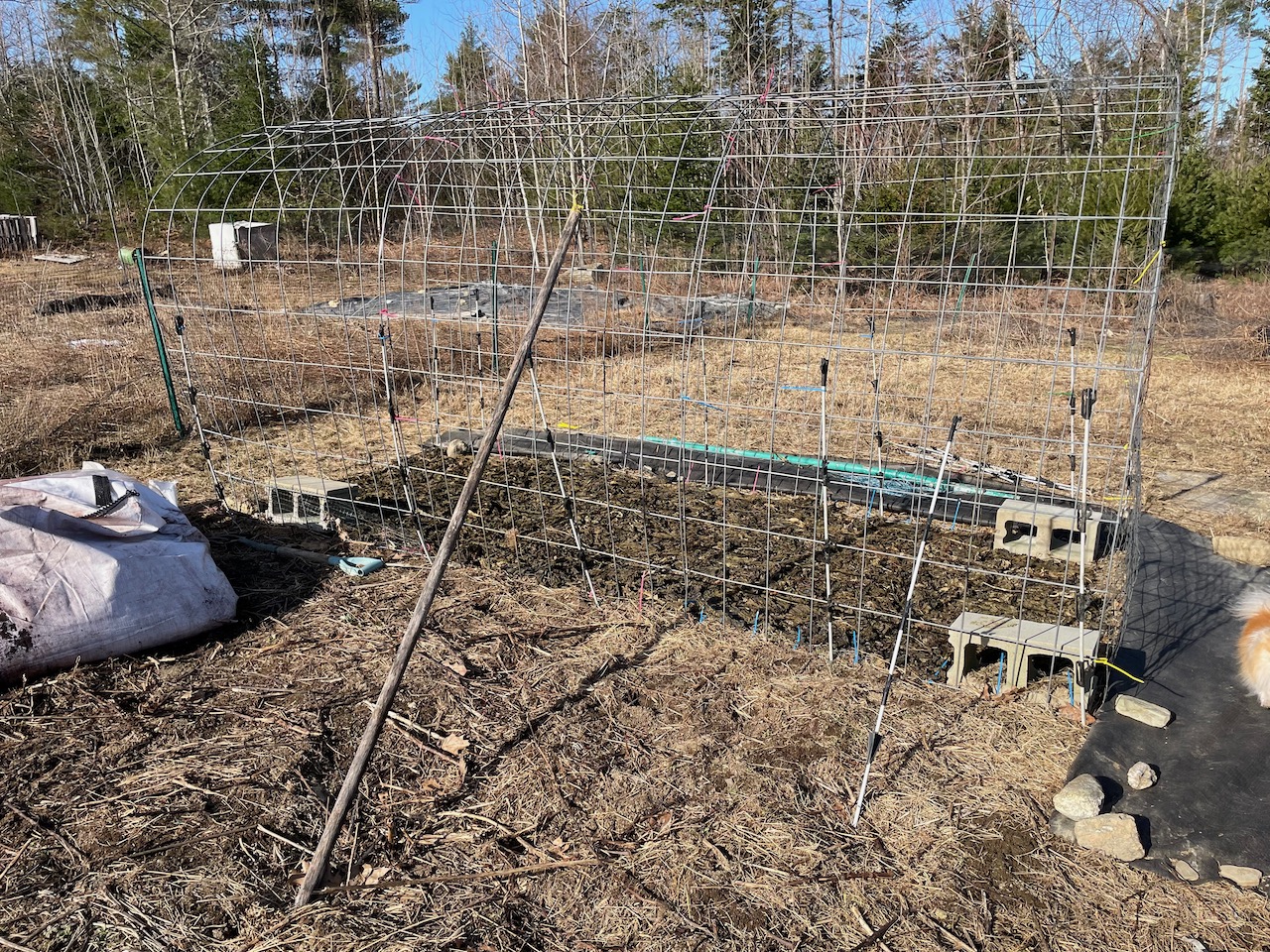
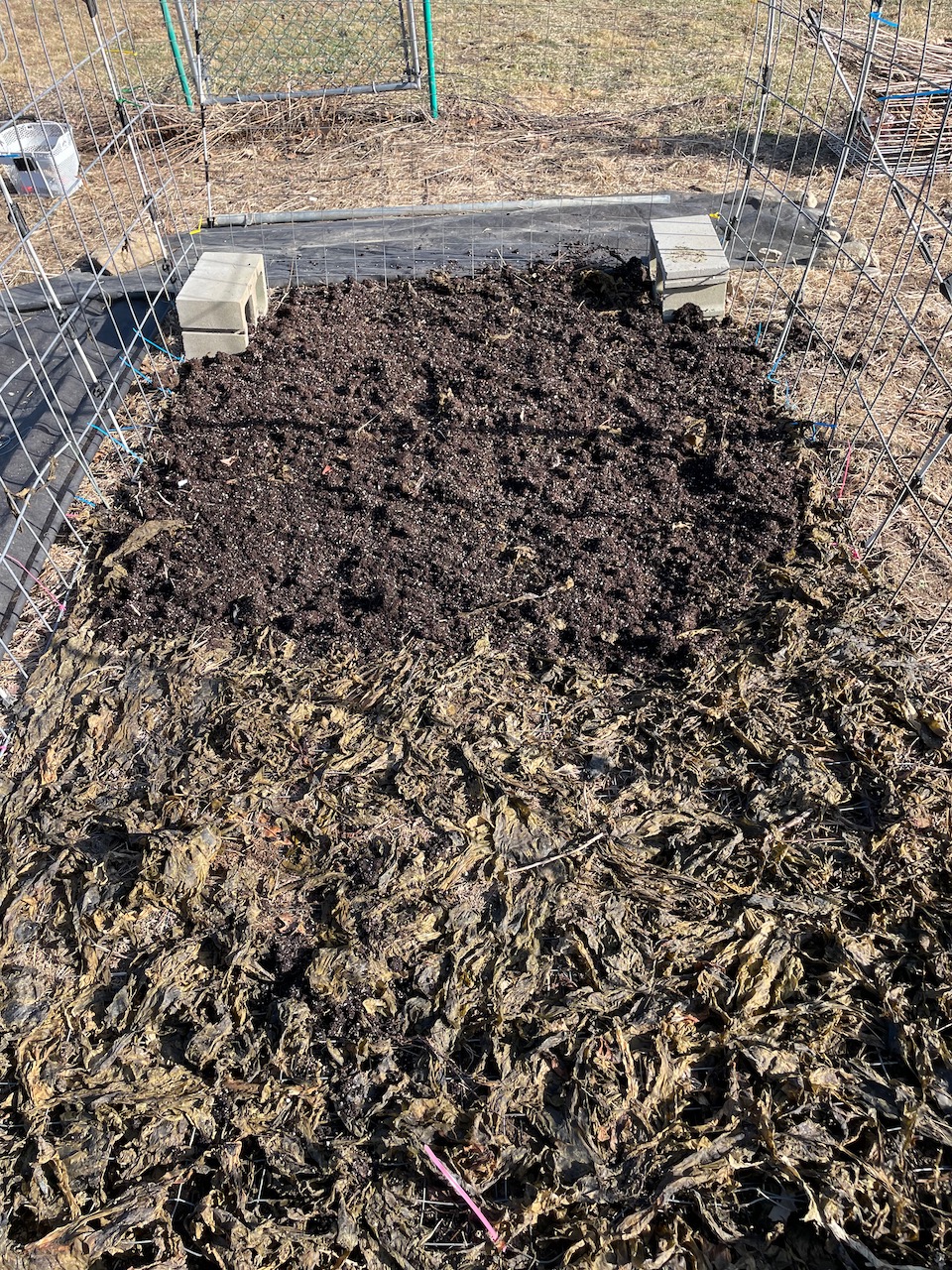

Comments are closed.